Planning Tips for Data Centre Relocations
Relocating a data center is a complex process that requires careful planning and execution to ensure that the move is completed safely, efficiently, and with minimal downtime.
Here are some tips in random order and far from all inclusive that can help you when planning a data center relocation.
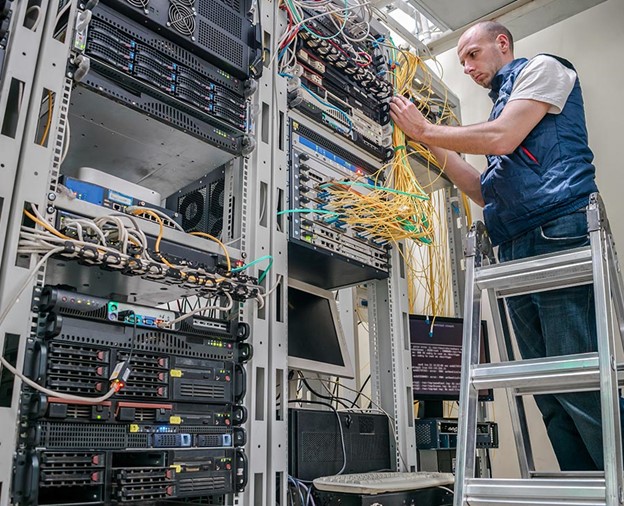
Tip No. 1
Don’t assume that your inventory of IT equipment is accurate. Ideally you should run an automated discovery tool that can be matched to your inventory data base and reconcile any differences. Prevent any changes until you are satisfied that the inventory is correct. If changes are mandatory ensure there is a well defined process in place integrated to your change management process to capture changes to the inventory.
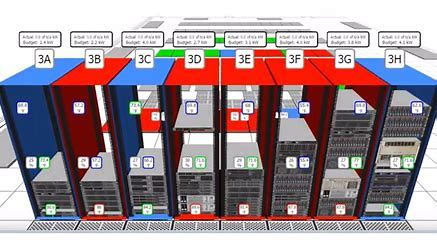
Tip No. 2
Understand what applications are running on what equipment. Best done with a discovery tool as well. Once this is known categorize the risk associated with the application so you understand the business risk if something goes wrong as a result of moving the equipment. Then plan proactive and reactive mitigation strategies assuming there is a negative impact to the business.
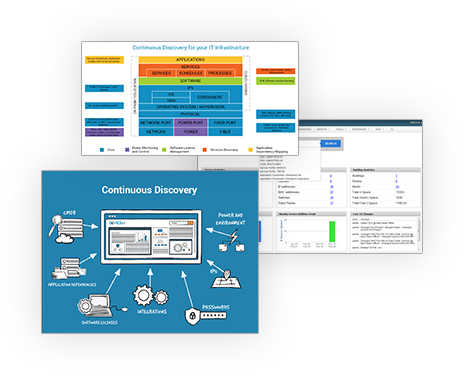
Tip No. 3
Map your network cables and ensure they are properly labelled so you know what goes where. A mapping tool does a good job of identifying the ports the cables connect to as long as you have the cable labelled with an id and it is input to the automated mapping tool and verified prior to the physical move. Labelling requires a label at each end identifying the device and port it is connected to and a cable identifier. Redundancy is a good thing in case a label is damaged or removed during relocation. I’m assuming, of course, the cables can be reused at the target site.
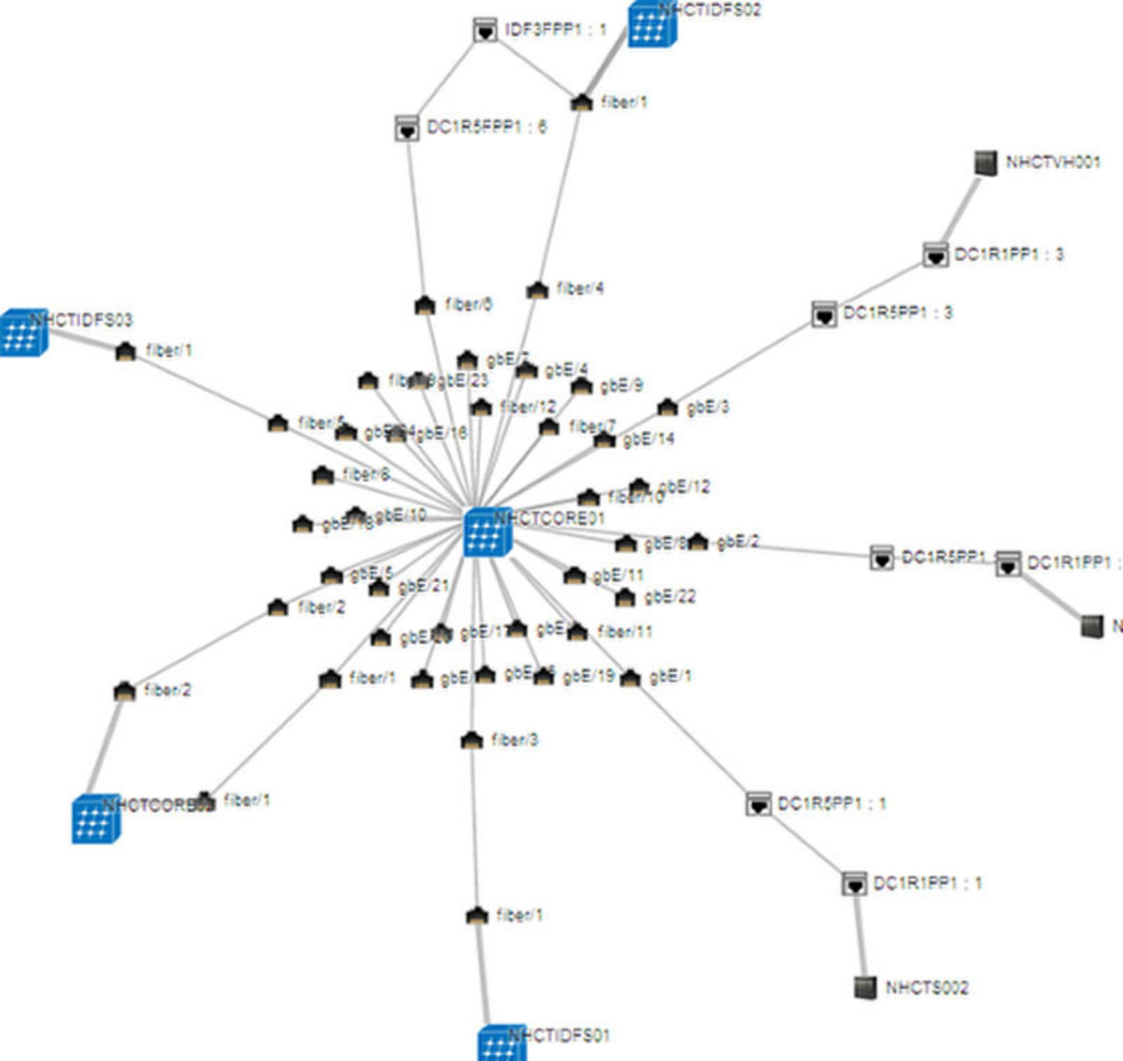
Tip No. 4
Data migration planning is rather complex. You should have a map of the data elements that are required for each application and where they are stored. This is required to begin the data migration planning process. Estimating the time for data migration and comparing it to the application and server outage windows is critical to understand the potential outage overage and develop appropriate mitigations. Coordinating data migration with the equipment migrations to understand potential impacts on the business when some thing doesn’t go according to plan is a must.
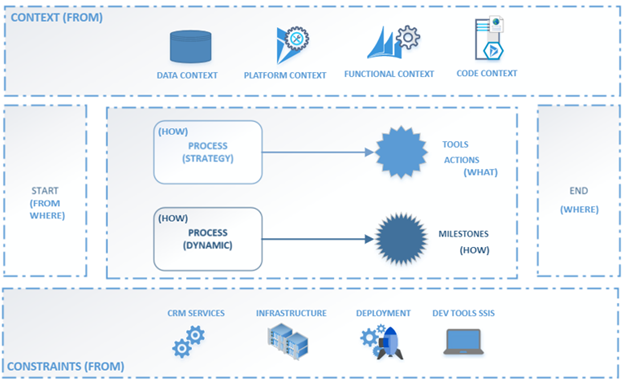
Tip No. 5
Plan the layout of the target data center. This is best done with a data center digital twin. This enables you to simulate the operation of the new data center before anything is moved. It will identify the impacts of the equipment being placed in the data center and how it will impact cooling and power layouts before the move takes place. It also enables you to plan the required cables and lengths and procure them in advance. Just remember to lock in your design at this point. You can then simulate the changes identified as required before actually placing anything in the target location reducing the risk of something going wrong.
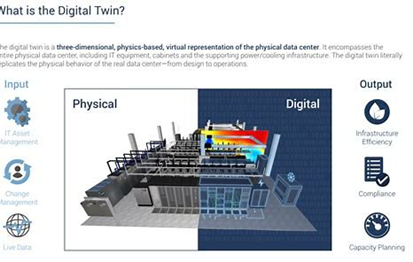
Relocating a data center is a complex process that requires careful planning and execution to ensure that the move is completed safely, efficiently, and with minimal downtime. Ensure you understand what can go wrong from the transport, to the loading and offloading, to the placement and validation and everything in between and your relocation should go well.
These tips should help you along the way.
If additional information is required give us (Tri-Paragon Inc.) a call (1 416 865-3392) or email us at info@triparagon.com. Thanks for reading.






